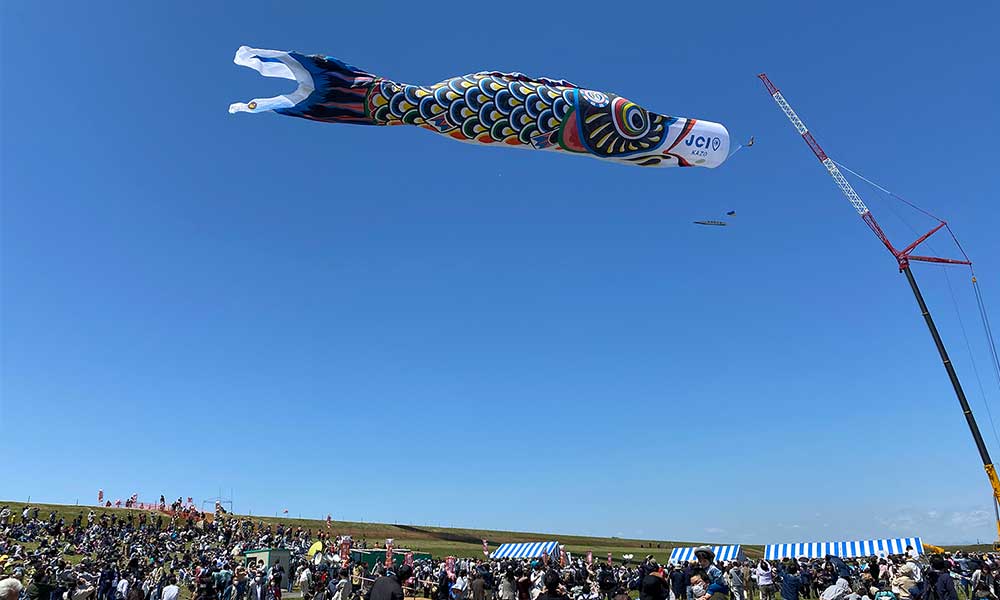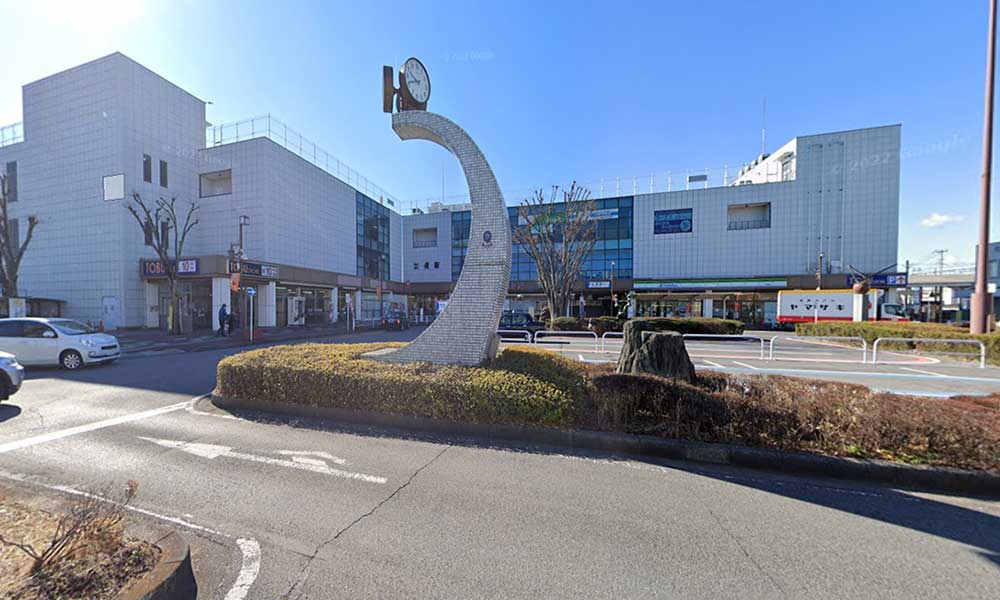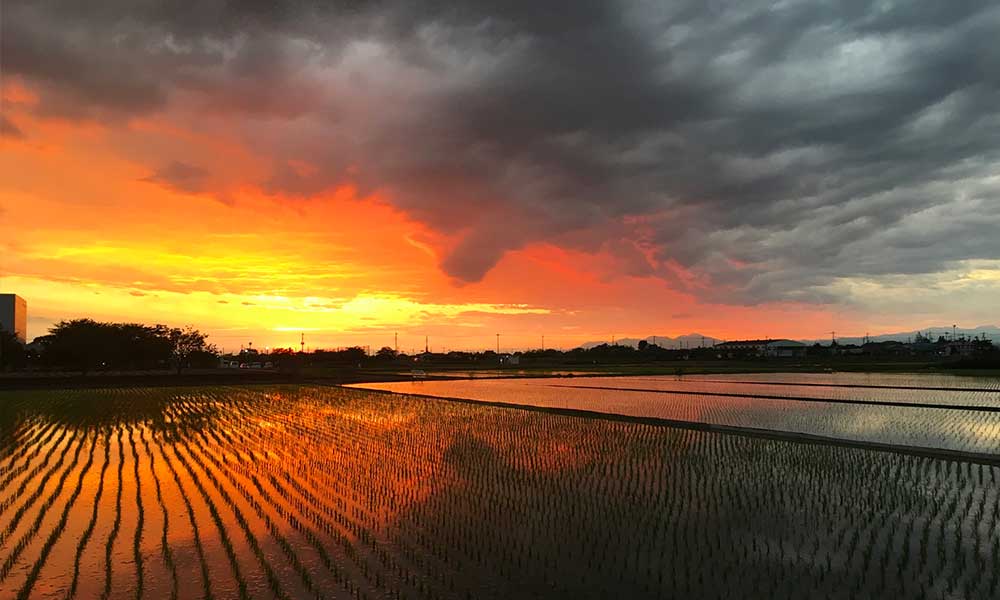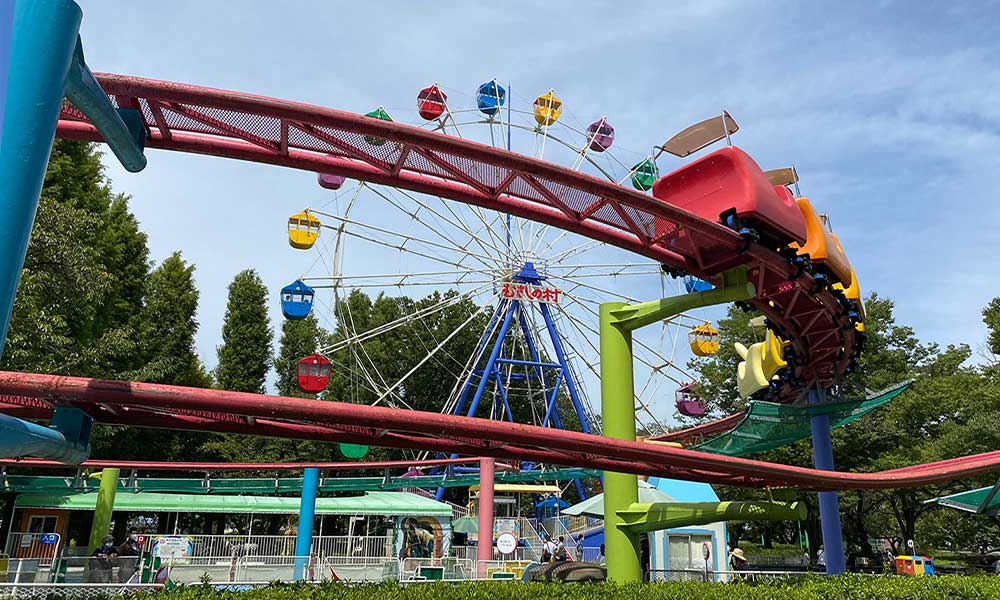Kazo City, Saitama埼玉県加須市
Living in Kazo City, Saitama

We have Summarized the livability of Kazo City, Saitama.
TONE AREA利根地域
CONTENTS
- What kind of place is Kazo City?
- Kazo CityPR video
- How is the traffic situation in Kazo City?
- How are the rent and land prices in Kazo City?
- How about shopping in Kazo City?
- How is childcare and education in Kazo City?
- How are the administrative institutions in Kazo City?
- How are the hospitals in Kazo City?
- How are the police and fire departments in Kazo City?
- How are the playgrounds in Kazo City?
- How are the restaurantsin Kazo City?
- How about jobs and recruitment in Kazo City?
- Kazo City’s unique subsidy/subsidy system
What kind of place is Kazo City, Saitama?
 Watarase Retarding Basin
Watarase Retarding Basin
Kazo City: A Nature-Rich Environment for Raising Children
On March 23, 2010, the former Kazo City, Kisai Town, Kitakawabe Town, and Ootone Town merged to form the current ‘Kazo City’.
Located in the northeastern part of Saitama Prefecture, Kazo City borders Gunma, Tochigi, and Ibaraki Prefectures. As of July 2021, the population stands at 112,000 with 48,000 households.
One of Japan’s largest rivers, the Tone River, which is also one of Japan’s three major rivers, flows through Kazo City.
It is home to giant fish species like haku-ren and grass carp, which grow over one meter long. From June to July, you can witness a unique sight called the ‘Haku-ren Jump‘ during their spawning season.
Kazo City is also famous for ‘Kazo Udon‘ and the ‘Giant Koinobori‘.
About 300 years ago, udon shops started serving visitors near the ferry landing of the Tone River and in front of Souganji Temple in Fudoka. This marks the beginning of hand-pulled udon in Kazo City. Kazo Udon is known for its firm texture and smoothness, achieved by doubling the traditional kneading process of ‘ashifumi’ (foot pressing) and ‘nekase’ (resting the dough).
Each shop adjusts the thickness and style of the noodles, offering a unique experience for those who love Kazo Udon.
The other local highlight is the ‘Giant Koinobori’, a 100-meter-long carp streamer that rises over the Tone River on May 3, Children’s Day. This annual event attracts many visitors and is one of Kazo City’s major festivals.
Kazo City, located near the borders of Ibaraki, Gunma, and Tochigi Prefectures, is home to the ‘Watarase Retarding Basin‘ which spans approximately 30 kilometers. This area is a sanctuary for various animals, insects, and rare birds, making it a popular bird-watching spot. In addition, Kazo offers active sports like windsurfing and skydiving, making it one of Kanto’s top leisure destinations.
PR video of Kazo City, Saitama
Let’s all say “Family Come!”
Kazo seasons
How is the traffic situation in Kazo City?
 Kazo Station
Kazo Station
Kazo City: Within Commuting Distance to Central Tokyo
Major roads include the Tohoku Expressway and National Route 122 running north-south, and National Routes 125 and 354 running east-west. The eastern side is close to National Route 4, making it a well-developed hub for traffic heading toward northern Kanto.
As for railways, both the JR Utsunomiya Line and Tobu Railway lines run through the area. Kurihashi Station serves both the JR Utsunomiya Line and Tobu Nikko Line. On the Tobu Isesaki Line, there are Kazo Station and Hanazaki Station, and on the Tobu Nikko Line, you’ll find Shinkoga Station and Yagyu Station.
Access to central Tokyo is manageable: by car, it’s about 30 minutes from the Kazo IC to Kawaguchi JCT on the Tohoku Expressway, and about 50 minutes from the Utsunomiya IC. By train, it takes approximately 70 minutes from JR Utsunomiya Line Ueno Station to Kazo Station via a transfer at JR Kuki Station to the Tobu Isesaki Line. It’s also about 70 minutes from Tobu Isesaki Line Asakusa Station to Kazo Station, making it a reasonable commuting distance.
It takes about an hour to get to downtown Tokyo, but it is within commuting distance of work and school.
If you use the Tobu line, you will need to transfer at Kuki Station or Kurihashi Station. If you transfer at Kuki Station, the seats are almost always full, so it is difficult to sit down and commute.
How are the rent and land prices in Kazo City?
 Kazo City Rural Scenery
Kazo City Rural Scenery
Kazo City: Affordable Rent, Ideal for Singles and Families
According to SUUMO, the average rent for apartments in Kazo City is around 58,000 yen for a 1LDK or 2DK unit. With a budget of around 70,000 yen, you can likely find a reasonably good property.
Kazo City: Build Your New Dream Home with a Custom-Built House
The average land price in Kazo City is about 90,000 yen per tsubo (3.3 square meters). Even in prime locations, land prices are around 400,000 yen per tsubo, making it an attractive area for those who want to build a spacious and beautiful home.
Kazo City is still a rural area. Land prices are low, so it is recommended for those considering buying a home.
The Tone River flows through Kazo City, so you need to be careful of flooding in some areas.
How is childcare and education in Kazo City?
 Musashino Village
Musashino Village
Kazo City: Aiming to Be Japan’s Top City for Childcare Support
Kazo City is focused on becoming “the best city in Japan for giving birth and raising children,” with initiatives centered around childcare support.
As of April 1, 2021, the city achieved zero waiting lists for daycare centers and after-school care. Additionally, with 13 public kindergartens, Kazo City holds the highest number in the prefecture.
With many child-rearing salons (13 locations) and childcare support centers (20 locations), it’s a great environment for making friends with other parents.
The city’s education initiatives, under the slogan “Learn and Grow in Kazo,” include high educational spending of 541,397 yen per student, ranking 4th in the prefecture. The city is also known for its affordable and delicious school lunches for elementary and junior high school students.
When a child is born in Kazo City, parents receive a “Kizuna Support Voucher” worth 10,000 yen, which can be used at approximately 600 stores in the city, as part of the ‘Birth Celebration Gift‘ initiative.
Kazo City: Comprehensive Support for Single-Parent Households
Kazo City offers ‘Medical Expense Assistance for Children‘ covering outpatient and inpatient care for children under 15 years old (until March 31 of the year they turn 15).
Additionally, Kazo City provides employment support for single mothers and fathers with children under 20 through programs like the ‘Training and Education Support Grant for Single-Parent Families‘, which offers partial subsidies for taking designated courses. The city also provides training promotion and completion support grants for parents pursuing designated qualifications through the ‘High-Level Vocational Training Promotion Grants‘ to help single-parent families achieve financial independence.
There is a lot of nature, so you can let your children play and raise them safely. There are also many leisure spots where children can play, making it a great place to raise children.
Depending on the location, you may have to walk more than 1km to school, so you need to check the commuting area for elementary schools, etc.
How about shopping in Kazo City?
 Kazo Station Station Street
Kazo Station Station Street
車があればショッピングも快適な街『加須市』
When it comes to shopping in Kazo City, the ‘Viva Mall‘ is the go-to destination. This large complex houses 49 specialty stores, offering a wide variety of items to meet all your needs.
Though it’s a bit far from the station, ‘Cainz Mall Ootone‘ is another convenient spot for everyday shopping, featuring a supermarket, home improvement store, and Tsutaya.
There are also smaller supermarkets, such as Tobu Store near Kazo Station, but having a car or other means of transportation is essential for easy access to shopping in this area.
There are local supermarkets and home improvement centers, so you will never be short of daily necessities or food.
Kazo City is a car-oriented area, so you will need a car even for shopping.
How about jobs and recruitment in Kazo City?
Kazo City: A Hub for Manufacturing and Transportation Jobs
Kazo City has many major highways, and commercial facilities are concentrated along national and prefectural roads, leading to numerous job opportunities in customer service and retail. Additionally, the Ootone area has industrial parks where large companies have factories, and many local residents are employed by businesses within these parks.
There are also many opportunities in construction, healthcare, and nursing care, providing a wide range of job options for those considering relocation to Kazo City.
Kazo City, Saitama’s unique subsidy/subsidy system
Kazo City, Saitama’s unique relocation assistance and relocation subsidy system
Kazo City, Saitama’s unique housing assistance and subsidy system
| Vacant House Bank Three-Generation Family Support Project Housing Renovation Subsidy Program Seismic Diagnosis and Retrofitting Subsidy Program |
Kazo City, Saitama’s unique childcare support system
| Presenting a birthday gift |
Kazo City, Saitama’s unique system for further education and tuition assistance/subsidies
| School attendance assistance system |










